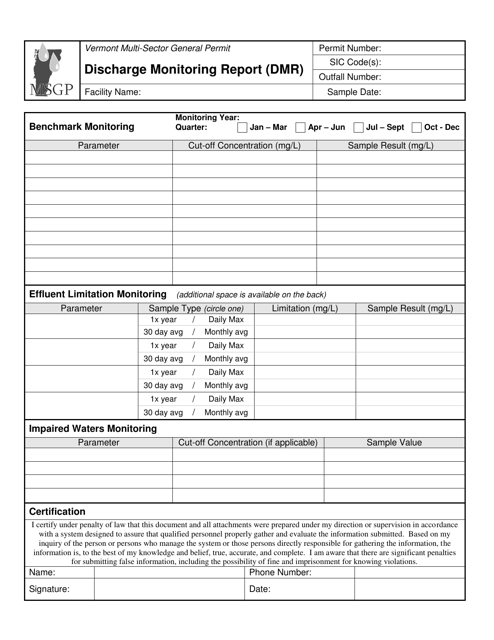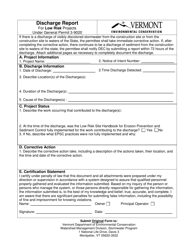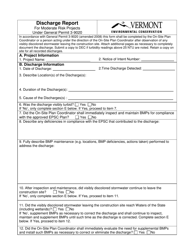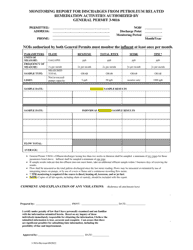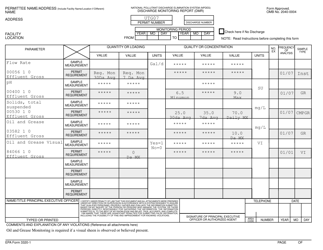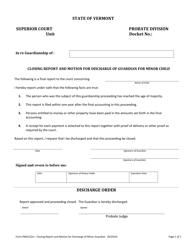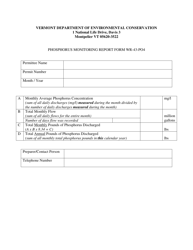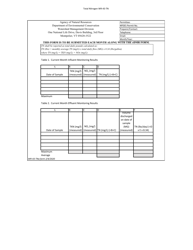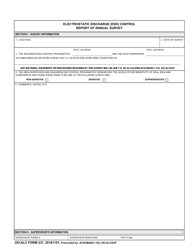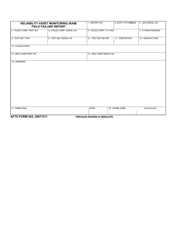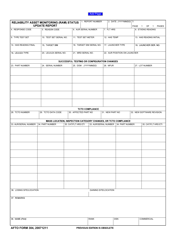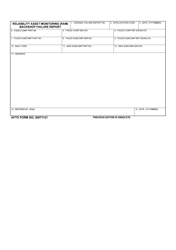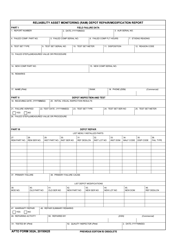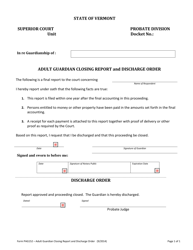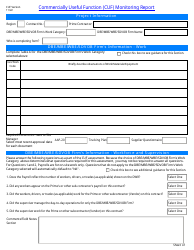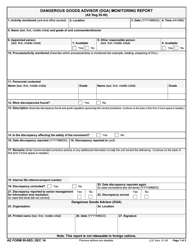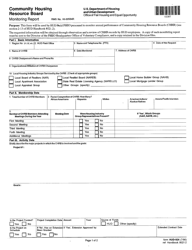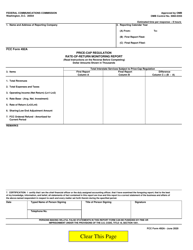Discharge Monitoring Report (Dmr) - Vermont
Discharge Monitoring Report (Dmr) is a legal document that was released by the Vermont Department of Environmental Conservation - a government authority operating within Vermont.
FAQ
Q: What is a Discharge Monitoring Report (DMR)?
A: A Discharge Monitoring Report (DMR) is a report that facilities must submit to document the discharge of pollutants into the environment.
Q: Which state's DMR is being discussed?
A: Vermont's DMR is being discussed.
Q: Who is required to submit a DMR?
A: Facilities that discharge pollutants into the environment are required to submit a DMR.
Q: What does a DMR document?
A: A DMR documents the discharge of pollutants by a facility.
Q: Why is a DMR important?
A: A DMR is important because it helps monitor and regulate the discharge of pollutants, ensuring the protection of the environment.
Q: Are all facilities required to submit a DMR?
A: No, only facilities that discharge pollutants into the environment are required to submit a DMR.
Q: What information is included in a DMR?
A: A DMR includes information about the facility, the type and quantity of pollutants being discharged, and any required compliance data.
Q: How often must a DMR be submitted?
A: The frequency of DMR submissions varies depending on the specific requirements of the regulatory agency.
Q: Who regulates DMR submissions?
A: DMR submissions are regulated by the environmental regulatory agency in each state.
Q: What are the consequences of not submitting a DMR?
A: The consequences of not submitting a DMR can include fines, penalties, and potential legal action.
Form Details:
- The latest edition currently provided by the Vermont Department of Environmental Conservation;
- Ready to use and print;
- Easy to customize;
- Compatible with most PDF-viewing applications;
- Fill out the form in our online filing application.
Download a printable version of the form by clicking the link below or browse more documents and templates provided by the Vermont Department of Environmental Conservation.
